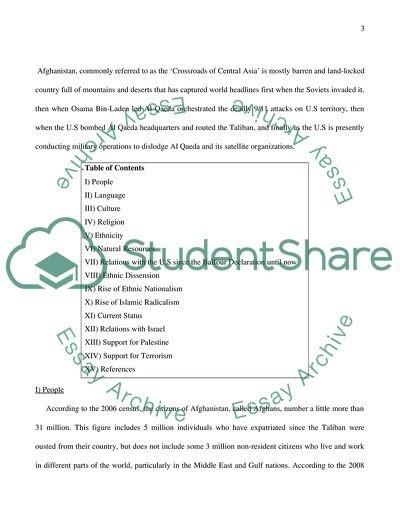Cite this document
(Afghanistan Coursework Example | Topics and Well Written Essays - 3250 words, n.d.)
Afghanistan Coursework Example | Topics and Well Written Essays - 3250 words. https://studentshare.org/culture/1718636-afghanistan
Afghanistan Coursework Example | Topics and Well Written Essays - 3250 words. https://studentshare.org/culture/1718636-afghanistan
(Afghanistan Coursework Example | Topics and Well Written Essays - 3250 Words)
Afghanistan Coursework Example | Topics and Well Written Essays - 3250 Words. https://studentshare.org/culture/1718636-afghanistan.
Afghanistan Coursework Example | Topics and Well Written Essays - 3250 Words. https://studentshare.org/culture/1718636-afghanistan.
“Afghanistan Coursework Example | Topics and Well Written Essays - 3250 Words”. https://studentshare.org/culture/1718636-afghanistan.


